10 Top Sump Pump Maintenance Tips
The importance of regular sump pump maintenance can never be emphasised strongly enough, and as a homeowner you surely had your fair share of experiences.
During rainy seasons in particular, flooding is something that many worry about.
However, you can prevent your home from flooding if you have a sump pump installed.
Moreover, it is crucial that you make sure the sump pump is in good running order, thus the importance for proper routine maintenance.
The following sump pump maintenance tips will help you achieve this:
Article Chapters
1. The Sump Pit
The pit is where the sump pump sits, and it is here that water is gathered until the pump directs it away.
The pit should be large enough to allow the sump pump to function properly and it needs to be kept as clean as possible.
As a general rule of thumb, you should make it a point to clean the sump pit at least once a year.
2. Clean the Sump Pump
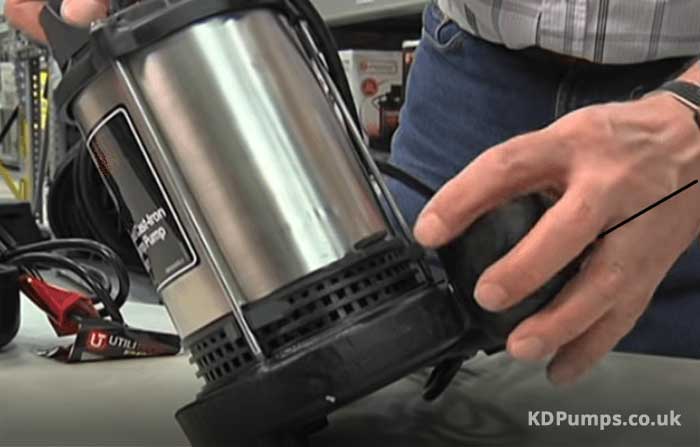
It’s very important that you check your sump pump from time to time, as well as clean it.
Disconnect it from the power supply and carefully remove it from the pit.
Clean away any dirt that may have accumulated, and also check if there are any signs of rust or corrosion.
This will help keep the sump pump in better running order as well as improve its longevity.
When cleaning the sump pump, it is best to consult the manufacturer’s instructions to be aware of any important maintenance procedures and service schedules.
If your sump pump disposes of water from the washing machine, a monthly cleaning is recommended.
If not, a quarterly cleaning of the inlet should suffice.
At least once a year, the sump pump should also be removed so that the pit can be cleaned thoroughly.
3. The Check Valve
It is important that there is a functioning check valve on the discharge pipe.
This valve is responsible for preventing the water in this pipe from flowing back in the sump pit when the sump pump shuts down.
So even if a valve may seem a small, simple component, it is of critical importance for a sump pump system.
4. Float Component
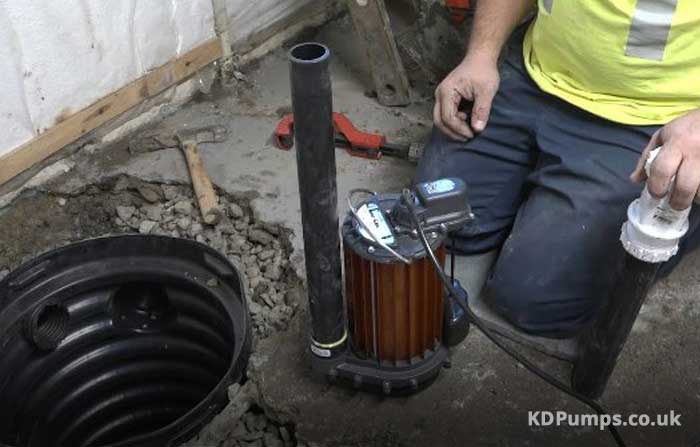
The float is responsible for triggering the pump when rainwater flows into the sump pit.
The water level will start to rise, and so will the float.
As soon as this float reaches a certain point, it will trigger the sump pump to start operating.
Hence, it is critical for the float component to be checked from time to time to make sure it is able to do its job, which despite seeming simple, is actually very important for the sump pump system to operate successfully.
This test can be carried out very easily by simply pouring water in the pit to see if the float works as it should when the required level is reached.
5. Backup Power Source
A backup power source is always highly recommended.
This will give you peace of mind should there be a power failure that would result in the sump pump not being able to operate.
A backup power source is also very helpful in cases when the primary pump is not able to keep up with the rising water level.
Hence during extreme weather conditions and very heavy rain, you will not need to worry about power outages or an inability to cope.
6. Alarm
An alarm can alert you that there is water buildup in the sump pit.
From time to time, you should test the alarm to check if it can work properly in such an event.
7. Cover
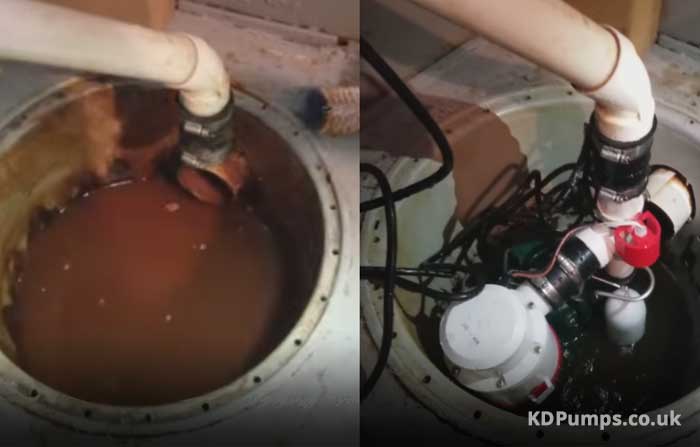
It is a very good idea to install a removable cover on the sump pit to prevent water collected in the pit from evaporating, and potentially adding more moisture and humidity in the basement area.
8. Discharge Pipe
The discharge pipe will need to be cleaned regularly.
Bear in mind that this pipe is responsible for transporting the water from the basement and should it be clogged with debris or dirt, there may be problems with the sump.
First of all, the sump pump will need to work much harder to pump away the water, and chances are that there could be an overflow in the basement.
Try to stick to a schedule to clean the discharge pipe on a regular basis.
Besides dirt, small branches, leaves and even rocks could end up in there, and so clogging will inevitably result.
9. Discharge Location
When a sump pump is installed, a professional should have made sure that the discharge location is ideal for the proper running of the system.
Generally the discharge location is recommended to be at least 20 feet away from the house as this should allow a sufficient distance for the water to drain away well, rather than move back in the basement.
Moreover, it should not drain in neighbouring properties
10. Professional Servicing
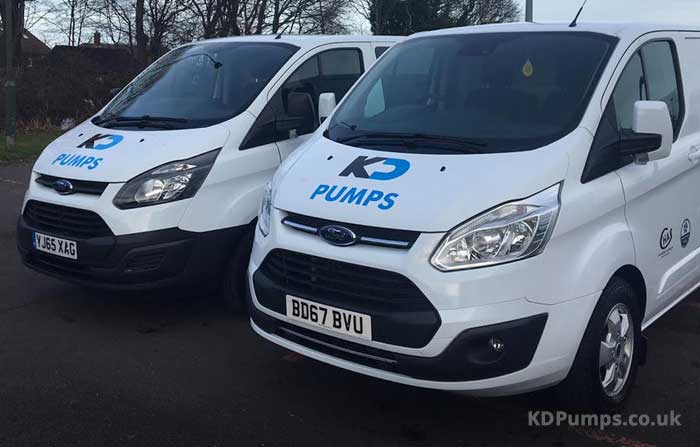
While these sump pump maintenance tips can help avoid problems with your sump pump system, it is still important to schedule a professional to carry out an annual service on the pump.
A qualified sump engineer will be able to notice any problems or minor faults which could become more serious should they be left unresolved.
Certain strange noises will also be noticed by a professional, and preventive action can be taken accordingly.
This will ultimately result in a longer lifespan for the sump pump.
Conclusion
We’ve discussed the most important precautions you can take to make sure your sump pump stays in good working order.
The role of the sump pump is very important as flooding could result in serious problems and costly damages in your home.
This is even more critical if you live in areas where heavy rain is common.
A sump pump that is well maintained can last longer and at the end of the day, you would be saving money from repairs, as well as benefit from greater peace of mind.

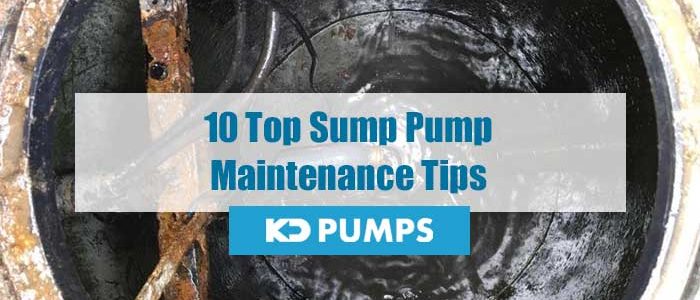
Comments are closed.